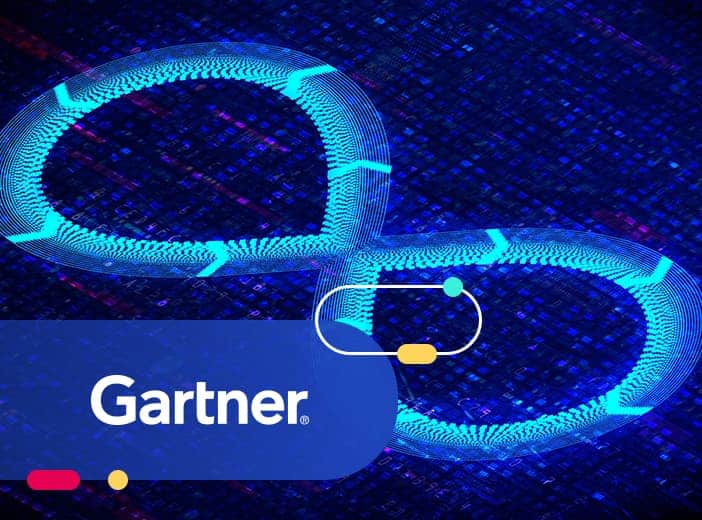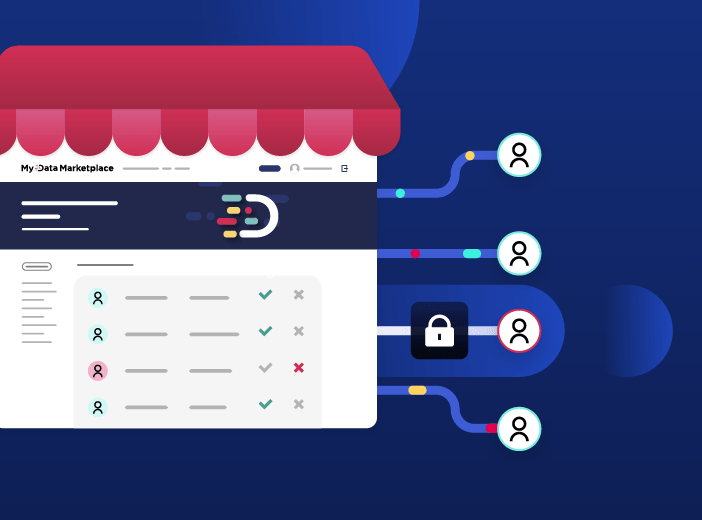Glossary
Data integration
Data integration covers bringing together data from multiple different sources, making it more actionable and useful to those who access it.
In a fast-changing world with ever-increasing access to information, organizations need to leverage all the data at their disposal. But this data comes in multiple different formats, from a wide range of internal and external sources, complicating its use and potentially undermining trust. This is where data integration comes in.
What is data integration?
Organizations today have a multitude of data from multiple sources, such as business systems (CRM, ERP), websites, apps, the Internet of Things, customer feedback and data from partners. These sources of data are normally in a variety of different formats, and are very often stored in silos, scattered across the organization and beyond. This heterogeneity combined with the sheer volume of data makes effective decision making increasingly difficult.
The objective of data integration is to bring together all this data from different sources (whether structured or not, online or offline, etc.) in order to provide a single source of the truth.
As it enables better reporting and predictive analysis, data integration simplifies the decision-making chain for organizations.
What are the benefits of data integration?
The primary goal of data integration is to provide organizations with a unified view of their information. This is all the more important at a time of digital transformation where data is multiplying rapidly. Effective data integration results in multiple benefits:
It saves time
The role of the data analyst or data scientist is increasingly important for companies. Essentially they are the people who make the data talk. But using data scattered in different independent silos complicates their jobs. To enable more reliable, trustworthy data analysis, it is therefore essential to integrate all available information into a single central location.
Without unified data, staff will have to waste time manually connecting to different sources, and reformatting, cleaning, and copying data. All of these data processing tasks are time-consuming and take away from their real job, turning data into business intelligence.
Improve collaboration within the organization
While organizations understand the value of digital transformation, the complexity of data management is still a barrier for many employees. However, these professionals need data to optimize their strategies and improve organizational performance.
To help everyone to benefit from data, it is essential to integrate disparate data and make it accessible to all by transforming it into consistent, accessible formats. This will make it easier for employees across the company to rely on reliable and relevant data to make better-informed decisions.
Bringing data together enables greater collaboration between departments, unlocking increased productivity and enabling innovation.
Reduce the risk of errors
If data is not integrated at a technology level, humans have to manually work around issues, bringing data together themselves. Not only does this add to their workloads, but it increases the risk of errors that impact the reliability of decision-making.
For example, if data is not integrated, each department may be responsible for their own datasets, which they manage independently. If this information is not shared with others, there won’t be a single source of trust across the company. This can distort analysis and undermine the accuracy of decision-making.
This is why data integration is essential. It allows you to automate certain tasks (such as automatic updates of new data), limiting the risk of error, and allowing organizations to base decisions on accurate data.
Make the most of data
Data is a crucial decision-making tool. However, to ensure people trust and use data it must be accessible, clear and understandable. Data integration enables this trust by providing organizations with a unified vision of all information.
How can you integrate data from different sources?
Integrating data requires a mix of processes and technology. First, organizations should implement a robust data governance policy. This means defining a framework for the use of data, including its format, nomenclature, storage, tools, security, and assigning responsibility for the management of individual datasets to specific data stewards.
On the technology side, companies must also equip themselves with data integration tools that enable data to be imported, extracted, transformed, cleaned, enriched and shared. The Opendatasoft platform supports easy integration through a range of connectors that seamlessly bring together data from solutions such as business intelligence tools, data lakes, business applications, and cloud storage.
Learn more

Blog
How adopting a DataOps approach increases data value
The pressure is on Chief Data Officers to deliver greater value to the business, requiring a step change in team productivity and a focus on increasing data consumption. We explore how adopting DataOps methodologies helps achieve these key objectives.


